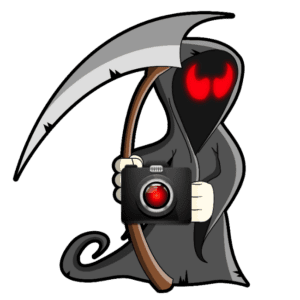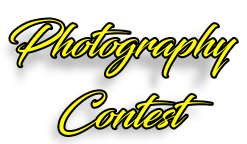ARRIVE EARLY
We should have arrived a little earlier, before sunset, to scout the area better. We got held up and arrived late, which rarely ever happens. On our second night, the clouds rolled in at sunset, so we did not have the opportunity to do the Milky Way justice. We will go back to this area in the future and do it right. If you have any Milky Way photography shots from the area and would like us to publish them in this article, we would be happy to since you can see we need the help.
This is why we have this insanely colorful sunset image for you to see instead of more Milky Way photography images. Sunset here is phenomenal if you catch it under the right conditions. You can also see our older article – Ocean City and the Flanders Hotel. If you like high-end luxury hotels, this is a great choice for your stay.
If you’re interested in photographing Ocean City, New Jersey, we recommend getting there early and doing sunset photography at the pier. You can also try locations other than those we tried for Milky Way photography. You must bring a tripod, a wide-angle lens, and a headlamp or flashlight to help you see in the dark.
WHEN TO GO
Any time of year is suitable for general photography, but for Milky Way shooting, you must go at a specific time to ensure the Milky Way is Visible. Midweek is the best to avoid crowds. We cannot see the Milky Way after October because the core goes below the horizon. It reappears in March in the very early hours of the morning. Be aware that you must go when the moon is not visible. There is a lot of light pollution in New Jersey which makes star gazing difficult, so it is a must that the moon is not visible. Ten days before the new moon, it is below the horizon at night and rises early a.m. Be sure to check the moon rise schedule.
THE BOULEVARD MOTEL
WHERE TO STAY
STAY AT THE BOULEVARD HOTEL
We have discovered the BEST place to stay for Milky Way photographers when shooting the Milky Way in Ocean City, New Jersey!
Milky Way photographers don’t necessarily need to be in a high-priced hotel on the beach. You can be a very short distance away in an affordable, clean, laid-back, family-owned motel. We, photographers, spend a lot of money on travel. We like to look for an affordable, comfortable, clean motel with excellent service, and this was one of the best places we have stayed in.
Being a family-run business makes all the difference. What pushed us over the edge to make this one of the top ten motels we have stayed in was that the owner was outside with coffee and morning snacks under an umbrella, socializing with the guests. We live in a world of corporatization, and it was such a pleasant time chatting with the owner over morning coffee. The big corporate cog would never allow for an experience such as this.
The owner of the family-run motel told us a fascinating story over morning coffee. We found it so interesting we went and investigated and photographed our experience. The Boulevard motel is just off the Garden State Parkway. The owner’s mom told him a story many years ago. She said when the parkway was being built, there was a holly tree that many wanted to be preserved, so they built the parkway around it. He told us supposedly; they veered the parkway many yards around the tree to save the oldest holly tree in the country.
We love stories that get passed down from generations telling the natural history of our land, so off we went to investigate. We traveled a short distance to the rest stop just past the Boulevard Motel, and to our delight, we found the holly tree. Being big advocates of saving trees, we were glad to see the efforts made to preserve the tree many years ago.
The plaque tells the story of how in 1959, they moved the parkway 120 yards around the centuries-old tree. The Shoemaker Holly is the oldest tree of its kind in New Jersey and maybe in America. The Shoemaker family may have been aware of its existence before they sold their property to the Highway Authority to construct the Parkway. Still, it only became known to the public in 1951, when the final stretch of the highway needed to be constructed.
The Shoemaker Holly is located at the Garden State Parkway near mile marker 23. The Shoemaker Holly Tree is over 325 years old and is part of Upper Township’s rich heritage. It is said to be the oldest tree of its kind in New Jersey and perhaps the nation. The name comes from the Shoemaker family as the last owners of the property before selling to the Highway Authority to build the final stretch of the Garden State Parkway in 1953. Everyone assumed the tree would come down.
According to the New Jersey Division of Parks and Forestry, Millville resident and Holly Society of America founder Daniel G. Fenton led the charge to save the tree. He worked with Gilmore Clarke, the Highway Authority’s chief architect, to incorporate the holly tree into the overall design of the highway. They created a beautiful 120-yard wide separation between the north and south lanes which we enjoy today.
Stop by the rest stop to see the tree, and while you are there, if it is the right time of year, you can also photograph this lovely patch of flowers growing in the field at the rest stop. Pay some honor to those who put effort into saving this planet’s beautiful nature so we can photograph it or just experience it. While we were there, acknowledge the efforts of those Americans who value the beauty of our country and put energy into manifesting more of the same for our future.
MILKY WAY PHOTOGRAPHY BASICS
Looking for a Milky Way photography spot in NJ, look no further than Ocean City, New Jersey. This location offers stunning night sky views, and with some planning, you can capture some images. Here are some tips to help you make the most of your Ocean City, New Jersey, Milky Way photography experience.
1. Plan your shoot around the moon cycle – The moon’s brightness can wash out the Milky Way in your photos, so it’s best to plan your shoot for a time when the moon is either not visible or is in its new moon phase. Here you can find more details.
2. Arrive early to scout out the best shooting locations – It’s a good idea to arrive in Ocean City well before sunset to have time to find the perfect spot for your photos.
3. Use a tripod – Night photography requires long exposures, so a tripod is essential for keeping your camera still and ensuring sharp images.
4. Set your camera to manual mode – This will give you complete control over your camera’s settings and allow you to experiment to find the perfect exposure for the conditions.

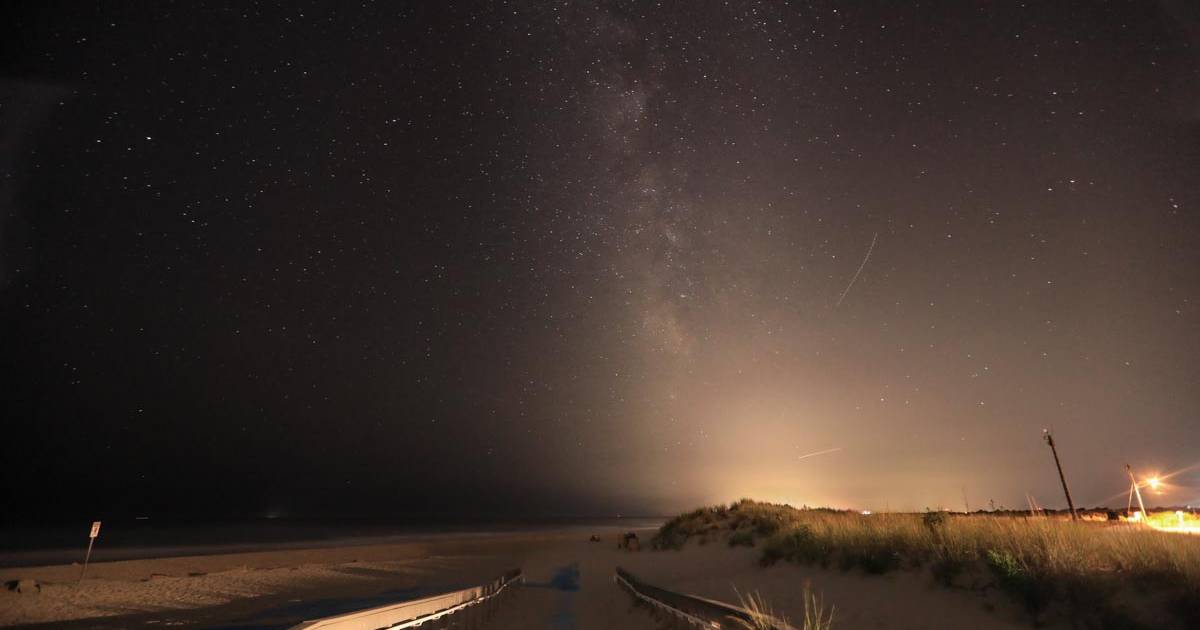


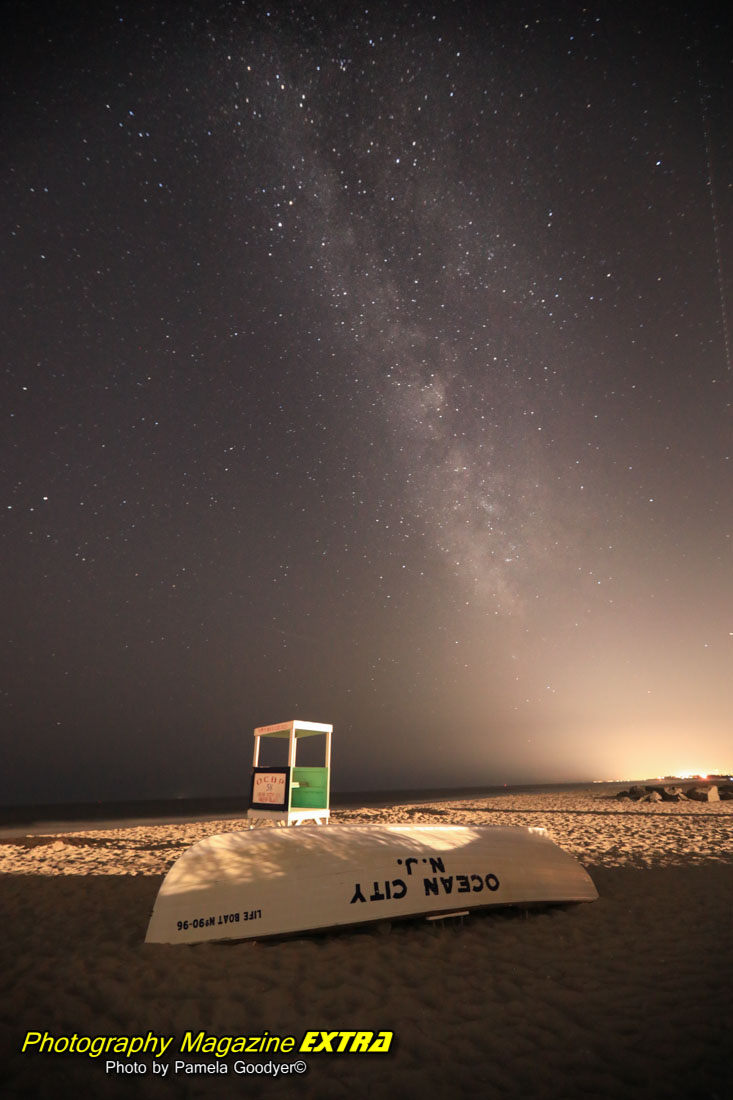
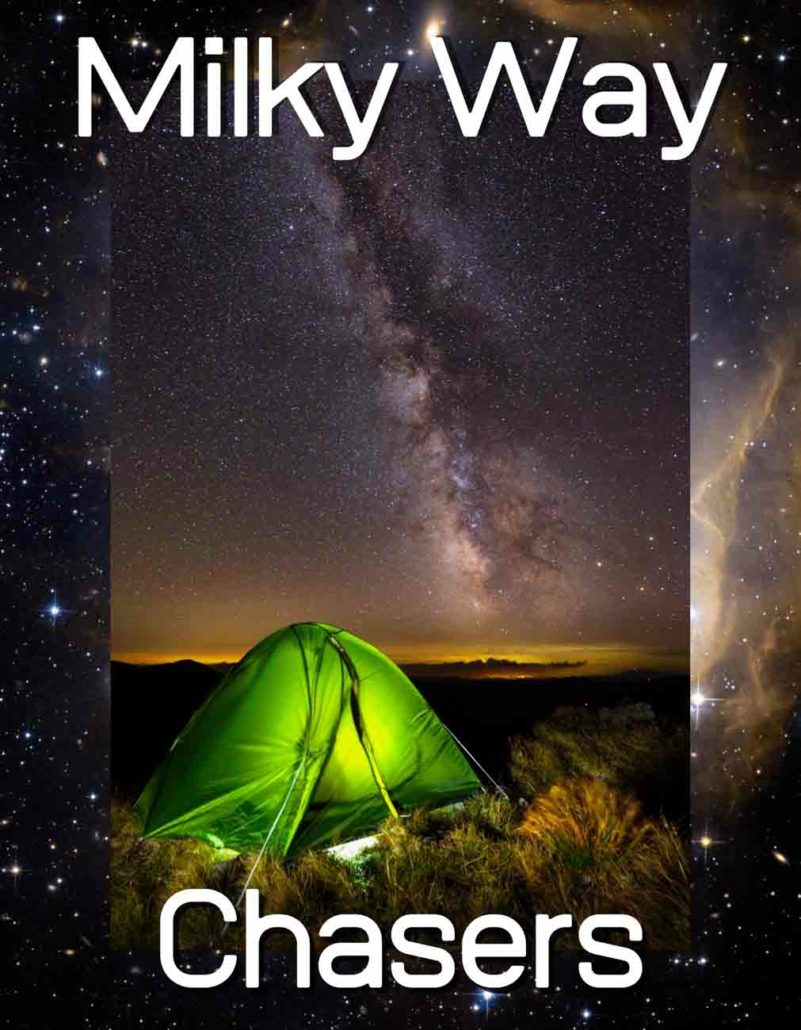

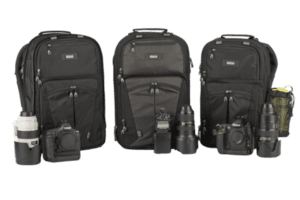






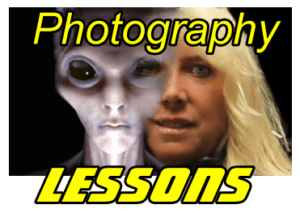 Photography, Lessons, Workshops and Classes.
Photography, Lessons, Workshops and Classes.